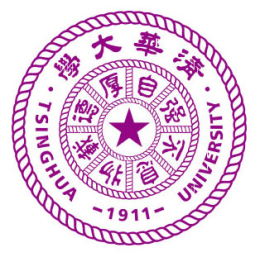
Established in 1911 at the Qing Hua Yuan or Tsinghua Garden in Beijing, China, the Tsinghua University was founded and was partly funded by the Gengzi Indemnity or the Boxer Indemnity. Known as the Tsinghua College, it was a preparatory school for students whom the Chinese government sent to the United States for further study.
The school’s faculty members for sciences were recruited from the US and those who finished schooling were transferred to various American schools as juniors upon graduation. In 1925, Tsinghua College founded its College Department and research institute for Chinese studies.
Three years later, the school was named as the National Tsing Hua University, and at the start of the World War II in 1937, the school merged with Peking University and Nankai University, after which it became the Changsha Temporary University based in Changsha. The school then transferred to Kunming at Yunnan Province and became known as the National Southwestern Associated University. After the end of the Second World War, the school moved back to Beijing and resumed its operation.
In 1949 at the end of the communist revolution, the school’s President fled to Taiwan and set up the National Tsing Hua Institute of Nuclear Technology. The school later became the National Tsing Hua University of Taiwan. In 1952, the country regrouped China’s higher educational institutions in an attempt to replicate a Soviet style system. During the Cultural Revolution in 1966, a lot of students walked out and became part of the Red Guards. This prompted the university to shut down and, it was not until 1978, when the revolution ended and the school started to operate once again. It kept on operating as China’s premiere school and was even called the “MIT of China,” showing how advanced the school was in the field of sciences and engineering.
To live up to its name as China’s MIT, its Department of Automation under the School of Information Science and Technology has been focusing on the study of automatic control, intelligent robot, computer vision and video processing. The Institute of System Integration, Institute of Process Control Engineering, and the Institute of Control Theory and Technology allow the students to gain vital knowledge and hands-on experience, especially in the field of robotics and technology.
Among their notable projects is the walking robot, which was developed by the university’s Robot Walking Group. This robot is capable of doing omnidirectional walking. Moreover, the robot is a contender of the prestigious RoboCup competition.
The university’s Robotics and Automation Laboratory focuses mainly on robotics theory and technology in the country. The laboratory deals with humanoid robot technology, AI, microminiature robots, bionic robots, autonomous vehicles, and robot visualization systems.